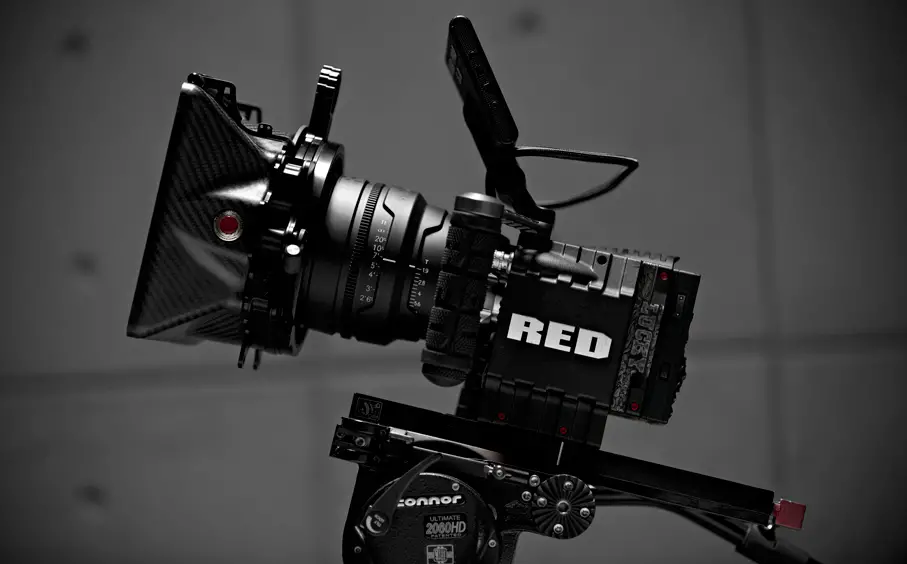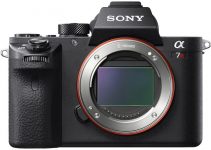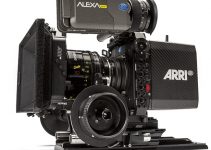Director/cinematographer Matthew Rosen has completed projects for many high-end commercial clients over the years, and recently completed some camera tests involving two well-respected digital cinema cameras on the market today, the Blackmagic Cinema Camera and the RED EPIC.
He attached a PL lens mount to the BMCC to allow for the same lens selection as the EPIC, and set the EPIC to shoot at 3K to mimic the field of view and resolution of the BMCC’s 2.5K output.
Now to see where each camera excelled in the testing:
Clipping:
To test how well overexposed shots could be recovered in Resolve, Matthew clipped the highlights on both cameras just enough for the whites to flatline at the top of the chart. Both the RED Epic and BMCC did wonderfully in maintaining a clean image when recovered, without any muddy areas or damage to the shot. This scored as a tie.
Grain Structure:
Heading to the opposite side of the spectrum, he then shot footage with both cameras that was three stops underexposed, leaving the backgrounds in almost complete darkness. The EPIC was able to maintain the most definition in the background of the footage pre-grade, as it’s dynamic range in shadows has been an oft-touted feature.
However, when boosted back to proper exposure, Matthew found that the BMCC maintained a tighter, less pixel heavy grain structure than the RED. This is definitely a great feature for the BMCC, a camera available at the fraction of the price of the EPIC. For grain structure in low-light recovery, the Blackmagic takes the win.
Rolling Shutter:
A common issue for digital cinema cameras is rolling shutter, brought on by quick panning of the camera or shifts of the subject from side to side. Some cameras respond to this better than others, and in this case the EPIC takes it better than the BMCC. With the shutter on both cameras set to 90 degrees and motion blur turned off, the EPIC only saw minor tilting of the subject when quick pans were made.
Meanwhile, the BMCC responded akin to many DSLRs, with noticeably “jello” wave of the image. For the money, EPIC takes the cake on rolling shutter recovery.

In summary, Matthew Rosen found that the Blackmagic Cinema Camera not only matched the image quality of the EPIC (in 3K mode), but it performed wonderfully as both a B-Cam or an A-Cam.
The only point the RED truly takes the lead in is over-cranking, which while untested here, the BMCC is limited at 30fps. So in cases where you don’t have quick pans or slow-motion in mind, Blackmagic’s Cinema Camera can easily act as a partner or replacement for RED’s EPIC.
via [Kinetek]
Disclaimer: As an Amazon Associate partner and participant in B&H and Adorama Affiliate programmes, we earn a small comission from each purchase made through the affiliate links listed above at no additional cost to you.




This reminds me of a test I did once:
Ferrari against Ford Focus
But to match them better, the Ferrari couldn’t be used pass 2nd gear.
Incredibly, they both had about the same max speed (a tie) but the Focus was actually quieter than the Ferrari while doing it, so for the money, the Focus is the better car!
Daniel, I fail to see how clipping, grain structure and rolling shutter (the three tested and compared areas) were handicapped on the RED during this test, so your analogy seems more than a bit contrived.
In addition, your comment leads me to believe you are a RED protectionist and that you probably own a RED and find yourself often having to justify the cost now that BM cameras are making their way on to sets. I could be wrong here, but that’s the way the comment is coming off. Obviously RED has more to offer, hence the price difference, but from my understanding the point of this test was to see if a BMCC could be used as a B-Cam to a RED.
RED protectionist? I don’t see anywhere where I’m singing praises to the RED and degrading the BM.
My whole point is that this is a completely flawed test. The right thing would have been to shoot the Epic in 5K and then transcode it to match the resolution of the BM and then compare. If you understand how the RED works (and using it “a couple of times” doesn’t qualify) you would know that shooting it at a reduced resolution, amplifies all the bad things. Grain structure for one will be much larger than if you shoot 5K and transcode afterwards.
The point is that it doesn’t make any sense testing 2 products where you cripple one to show how good the other one is. It’s just unfair no matter who you’re pinning against who.